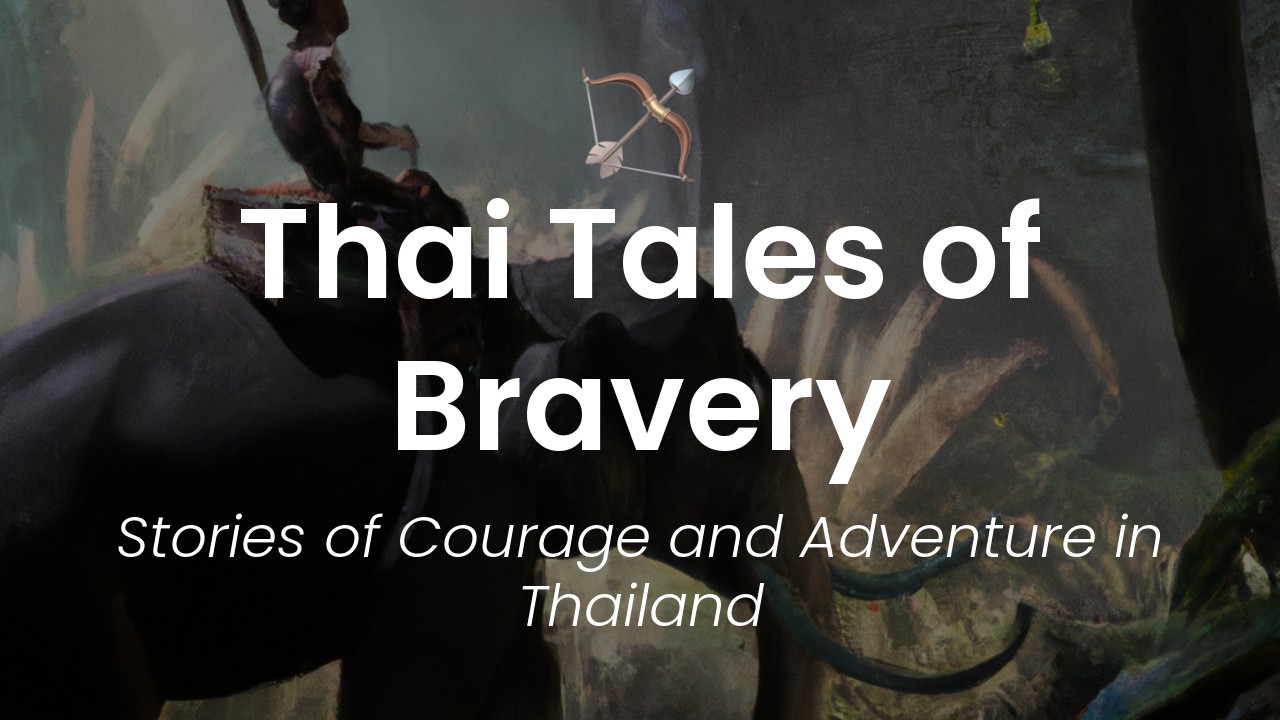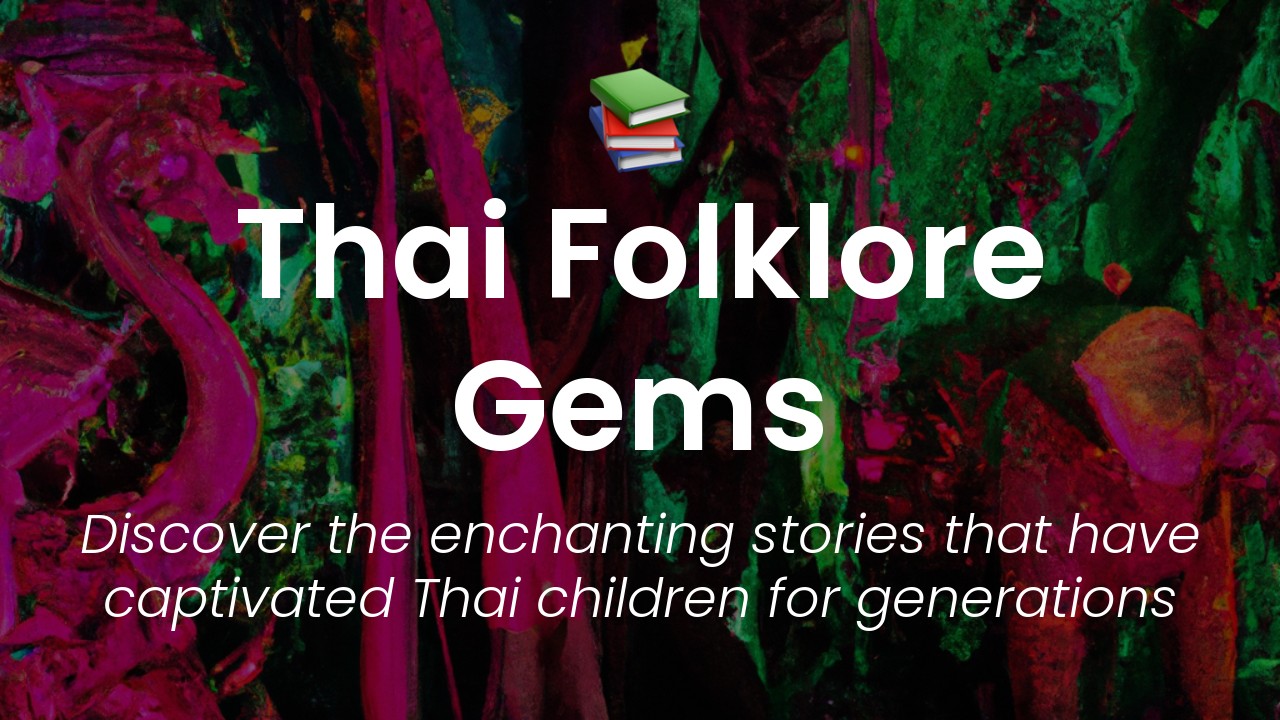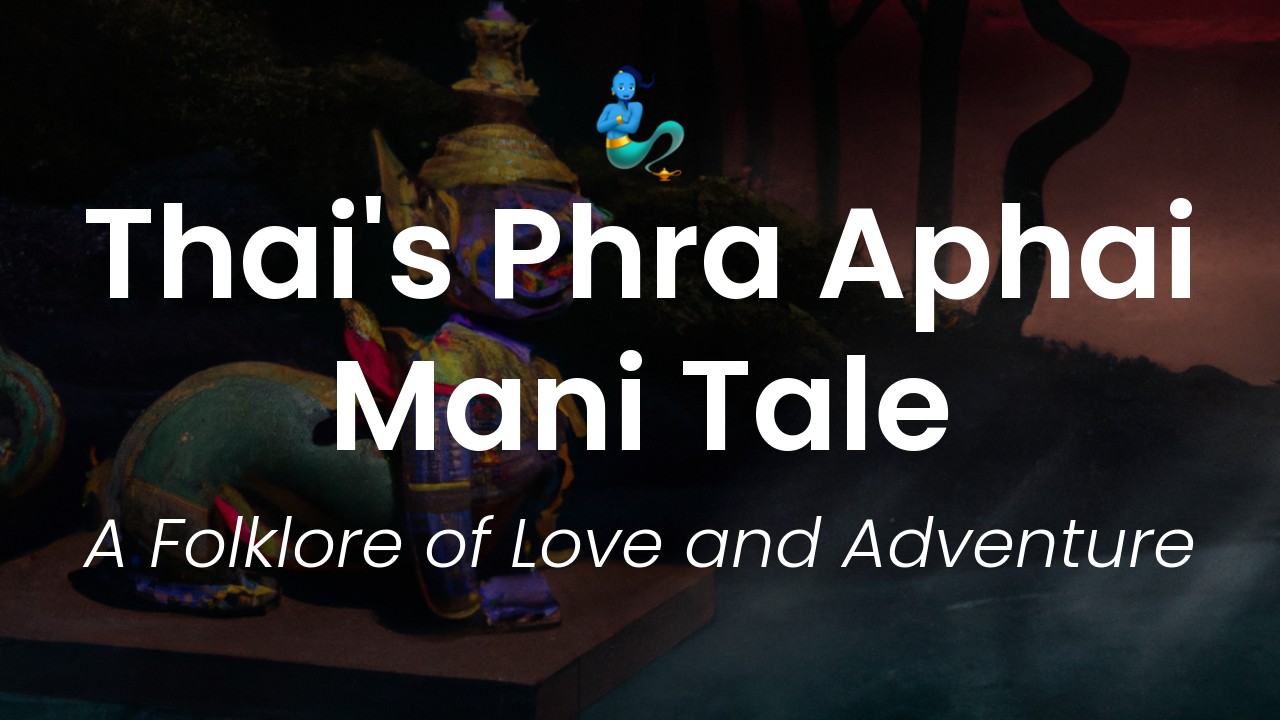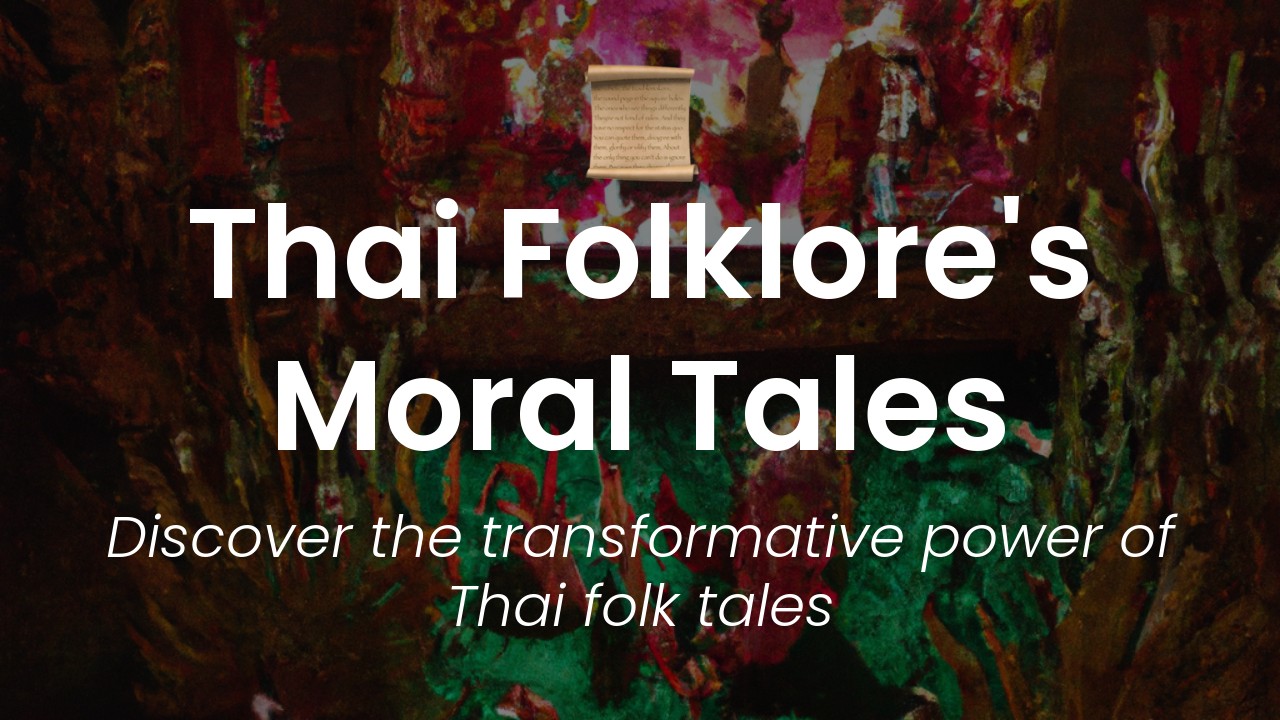As a culture and tourism enthusiast in Thailand, I'm constantly in awe of the feats of bravery and courage that define the country's history. From ancient warriors to modern heroes, Thailand is a nation that has always celebrated strength and resilience. In this article, I've compiled a list of ten incredible tales of bravery to inspire your next adventure in the Land of Smiles.
First on the list is the story of Queen Suriyothai, who lived in the 16th century and mounted a brave defense of her husband during a battle with the Burmese. She was ultimately killed in the conflict, but her legacy of courage continues to inspire Thai women to this day.
Another tale of bravery comes from the legend of Khun Phaen, a powerful warrior who overcame numerous obstacles on his path to true love. His story has been retold in several different forms and remains a beloved part of Thai folklore.
From the modern era, we have the remarkable story of Sergeant Saman Gunan, a former Thai navy SEAL who died during a rescue mission in a flooded cave system. His selflessness and bravery in the face of extreme danger inspired a nation and left a lasting impact on Thailand.
These are just a few of the incredible tales of bravery and courage that can be found in Thai culture. I hope that they inspire you to explore this fascinating country and discover your own stories of adventure and heroism.
The Legend of Muay Thai Warriors
Muay Thai, also known as Thai Boxing, is a combat sport that originated in Thailand. But its roots extend beyond athleticism and competition, as it was also a method of self-defense in times of war. As such, many legends of bravery and sacrifice are associated with the art.
One of these legends tells the story of Nai Khanom Tom, a fighter from the Ayutthaya Kingdom who was captured by Burmese soldiers during the Siamese-Burmese War. Rather than being executed, he was given the opportunity to fight for his freedom in a competition against ten other fighters.
Despite being outnumbered and supposedly outmatched, Nai Khanom Tom emerged victorious and became a symbol of national pride and bravery. To this day, Muay Thai fighters honor his legacy by performing the Wai Kru Ram Muay, a pre-fight ritual that pays homage to their ancestors and teachers.
The Tale of Thao Suranari
Thao Suranari, also known as Khun Ying Mo, was a noblewoman from the city of Nakhon Ratchasima who lived during the early 19th century. As legend has it, she played a pivotal role in repelling an invasion by the Laotian army.
When her husband Chao Anou of Vientiane ordered his troops to attack the city, Thao Suranari rallied the locals and organized a defense strategy. She rode on the back of an elephant and led the charge against the invaders, inspiring her fellow citizens to fight back with renewed vigor.
Despite being injured during the battle, Thao Suranari emerged victorious and became a heroine of the region. Today, a shrine dedicated to her stands in the city center, and her legacy is celebrated every year during the Suranari Festival.
The Story of Krom Phra Paramanuchit Chinorot
Krom Phra Paramanuchit Chinorot, or Prince Chumphon, was a member of the Thai royal family and a key figure in the development of the Thai navy. He studied abroad in England and returned to Thailand with the knowledge and experience needed to establish a modern naval force.
During World War I, Prince Chumphon and his crew intercepted a German warship in the Gulf of Siam and engaged in a fierce battle. Despite being outnumbered and outgunned, they managed to sink the enemy vessel and prevent it from causing further harm.
Prince Chumphon's bravery and strategic thinking earned him the nickname "Father of the Royal Thai Navy," and his legacy continues to inspire generations of Thai sailors and officers.
The Fable of Princess Dara Rasami
Princess Dara Rasami was the daughter of King Rama V and Queen Saovabha of Thailand. She grew up in a time when women were expected to be subservient to men and fulfill traditional roles, but she refused to be confined to such limitations.
At the age of 15, Princess Dara Rasami organized a group of women to form a Red Cross society and provide aid to wounded soldiers during the Franco-Siamese War. Her efforts were met with resistance from male officials who believed that it was not appropriate for women to engage in such activities.
Undeterred, Princess Dara Rasami continued to lead the Red Cross Society and later became one of the first women to receive a formal education in Thailand. Her determination and resilience in the face of patriarchal oppression continue to inspire women in Thailand and around the world.
The Saga of the Green-Eyed Princess
The story of the Green-Eyed Princess dates back to the Sukhothai period of Thai history. The princess in question was the daughter of a powerful king and renowned for her striking green eyes.
When a neighboring king sought to marry her and offered a large sum of money as a dowry, her father was tempted to accept. But the princess refused to be sold like a commodity and instead fled with her lover, a commoner who had won her heart.
Together, they started a new life in the mountains of northern Thailand, where they lived in peace and had children. Despite the challenges they faced, the Green-Eyed Princess remained steadfast in her commitment to love and freedom, and her story became a symbol of defiance against oppressive traditions.
The Epic of Naresuan the Great
Naresuan the Great was a king of the Ayutthaya Kingdom who ruled during the 16th century. He is remembered in Thai history for his military victories and his efforts to expand and modernize the kingdom.
One of his most famous feats of bravery occurred during a battle against the Burmese army. Naresuan and his brother Ekatat were captured by the enemy and forced to engage in an elephant duel with Burmese prince Mingyi Swa.
Despite being heavily outnumbered and outmatched, Naresuan managed to defeat the enemy prince and win his freedom. This victory is still celebrated in Thailand today as Royal Thai Armed Forces Day.
The Legend of Mae Nak Phra Khanong
Mae Nak Phra Khanong is a folk legend that has been passed down for generations in Thailand. The story centers around a woman named Mae Nak who died during childbirth but refused to leave her husband and child behind.
Mae Nak's spirit remained in their home and continued to care for her family, but her grief and longing for her lost life caused strange occurrences to happen. Her husband eventually discovered the truth and enlisted the help of a monk to exorcise Mae Nak's spirit.
Despite the monk's efforts, Mae Nak's love for her family was too strong and she could not be banished. In the end, her husband agreed to live with her spirit as long as she promised not to harm anyone. Mae Nak became a symbol of undying love and loyalty, and her legend is still retold through films, books, and theater performances.
Conclusion
The tales of bravery and sacrifice that have come to define Thai culture are both inspiring and humbling. Whether they involve legendary warriors, royal dignitaries, or commoners who dared to defy traditional norms, these stories remind us of the value of courage, determination, and resilience in the face of adversity. As travelers to Thailand, we can honor these legacies by seeking out experiences and adventures that challenge us and push us to be our best selves.







